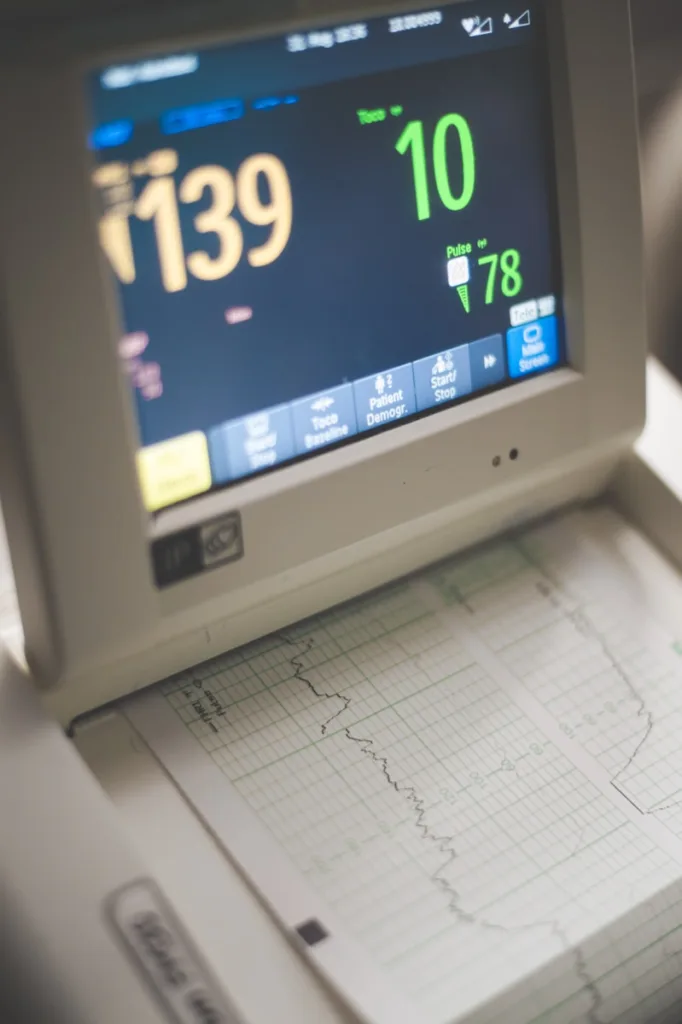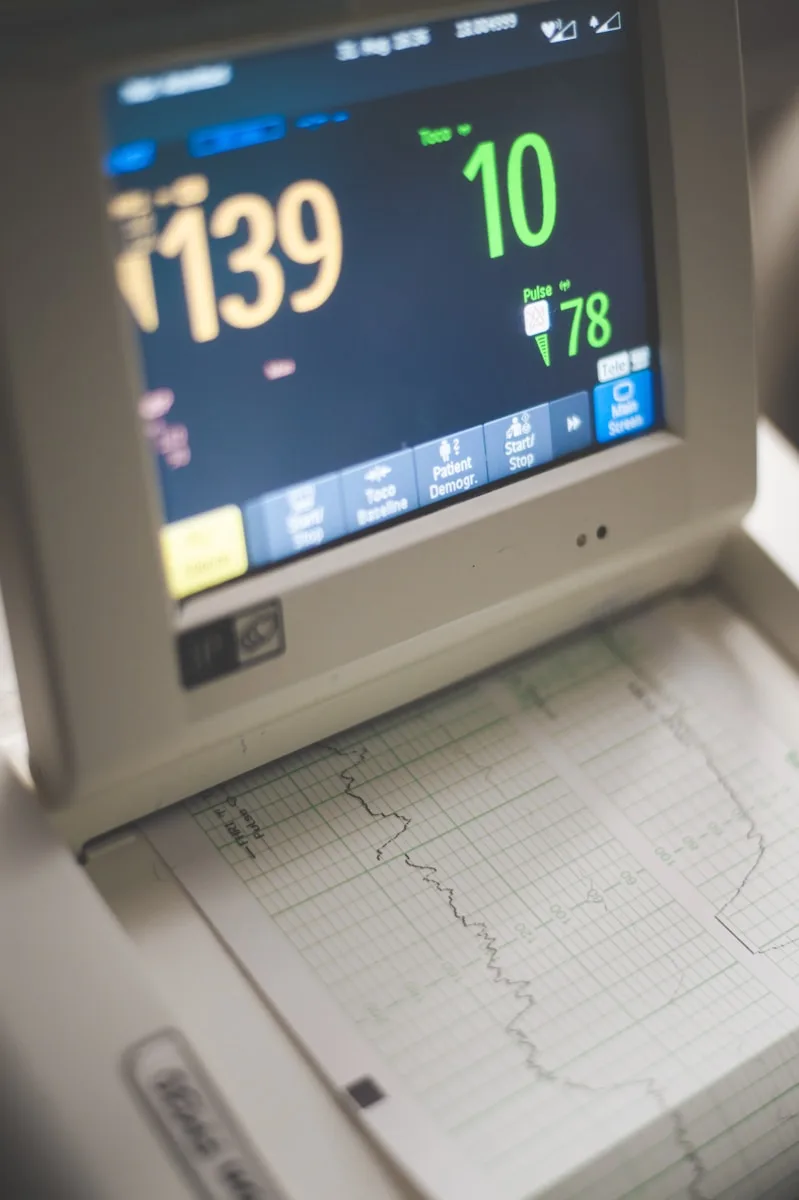
Table of Contents
- The resting heart rate can be a useful indicator of lifespan, cardiac health, and general fitness.
- Your heart is stronger and more effective when your resting heart rate is lower.
- Gradually increasing your resting heart rate with a combination of modest aerobic and high-intensity activity is possible.
Having a strong, healthy heart requires more than just surviving during exercise. Finding out how effectively your heart works at rest is just as important to living a long life and staying in good shape.
Cardiologist at White Plains Hospital and senior vice president of medical affairs at Hello Heart, a digital health company. According to Edo Paz, your resting heart rate—the number of times your heart beats per minute when you’re calm and sitting or sleeping—can be a useful indicator of your general health and fitness.
“Your resting heart rate tells you a lot about your cardiovascular fitness,” he told Business Insider. It does not require a lab visit to accurately track it compared to other heart health metrics like VO2 max.
If you’re a biohacking enthusiast or a tech billionaire, you’re observing these statistics. It’s something that the Brian Johnsons of the world proudly display as proof that they’re winning the battle against aging. With the popularity of smartwatches and other fitness wearables that track cardiovascular health, the rest of us are also becoming more familiar with our resting heart rates.
It is not harmful. You can monitor your general health and get the most out of your exercise regimen for a long, healthy life by being aware of your resting heart rate and how it fluctuates over time.
Why should you care about resting heart rate?

Mike Thomson, a Lifetime Overland Park personal trainer and run coach, said a lower resting heart rate is beneficial for overall health and fitness. (2010)
As a sign of greater cardiovascular health, we want to see a lower resting heart rate. This means that the heart does not have to work as hard to maintain the body’s performance. According to what he told Business Insider, “A heart that needs to beat harder may be under-rested, stressed, inflamed, or have limited cardiovascular capacity.”
According to Paz, a normal resting heart rate range is 60 to 100 beats per minute.
At rest, the heart rate can drop as low as 40 beats per minute, especially in endurance sports competitors.
However, Kate Baird, an exercise physiologist at the Hospital for Special Surgery, advises not to worry too much about your resting heart rate at any given moment.
Everyday factors like your stress levels, the quality of your sleep, and your hydration levels can all be affected.
According to Baird, the variability of your resting heart rate over time is more significant than any single measurement. An increase in your resting heart rate over time is a positive sign that your fitness level is increasing.
“You can track relative changes to see if the system is getting stronger,” she explained.
How can you improve your resting heart rate?

Hearts are like muscles. Just like your quads or biceps, it can be strengthened and used more efficiently with training. Your heart can work more effectively as you get stronger, so it doesn’t have to work as hard to keep you going.
“As you train, your resting heart rate will decrease,” Paz said.
A combination of high and low intensity exercise is beneficial for your heart.
According to Thomson, he approaches exercise as an investment in improved heart health by spreading out his fitness activities to 80% of his time, with the remaining 20% dedicated to high-intensity training.
“To keep things simple, do lots of easy cardio where you can have a conversation while doing it,” he said. “I recommend training 1-2 times a week at a high intensity where you’re out of breath a lot.”
Thomson suggests high-intensity workouts such as:
- Five minutes of intense cardio is done in four rounds, with three minutes of rest in between.
- Run or run uphill for ten to fifteen repetitions, followed by a ninety-second rest period.
While running is ideal for high-intensity training, he cautions that doing it too often can lead to injury. Instead, try alternative heart-pumping workouts like rowing, assault biking, ski erg machines, and sled push or pull exercises.
Examples of low-intensity exercise depending on your fitness level include:
- Forty-five to one hour of brisk walking or jogging.
- Forty-five minutes of biking at a steady, conversational pace.
- 30 minutes of moderately strenuous walking, such as carrying a heavy pack or trekking.
READ |Bad for Your Heart That 5 Foods

